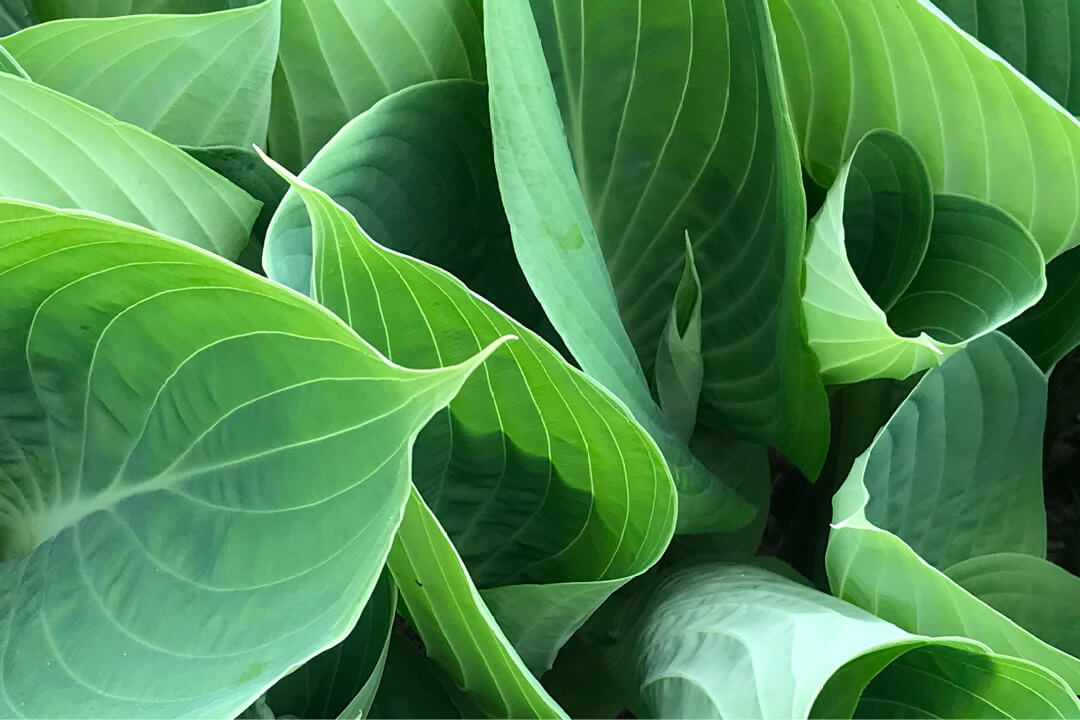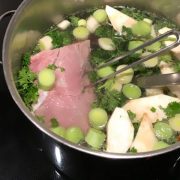Our book recommendation for the coming years
Who hasn’t resolved to live healthier at the turn of the year? How can you achieve this goal sustainably? Modern Ayurveda offers a convincing way
Why Ayurveda?
We have been involved with Ayurveda for several years now. Last year, family members and friends underwent a Panchakarma Ayurveda treatment and we were able to observe the positive effects of this treatment.
However, not everyone is suited to a three-week intensive cure during which cell phones or other electronic means of communication are not permitted in order not to jeopardize the success of the cure.
Recommended reading: “Wie neugeboren durch modernes Ayurveda” shows a pragmatic introduction that is possible for everyone.
Admittedly, the title sounds a little lurid, but that is due to the German translation. In the American original, the title is far more restrained.

Why do we recommend the book “Modern Ayurveda”?
The author, Dr. Kulreet Chaudhary, an American neurologist and neuroscientist with Indian roots, whose grandfather was a doctor who treated patients with Ayurvedic methods, knows both worlds: Classical medicine and the methods of Ayurveda.
Initially skeptical about Ayurveda and convinced of the superiority of modern treatment methods according to US American standards, she hesitantly sought treatment from Ayurvedic doctors herself when she began to suffer more and more from severe headaches and observed signs that her brain was no longer functioning as perfectly as before during moments of extreme stress.
Now convinced by the combination of both treatment approaches, she helps doctors of classical medicine to incorporate Ayurvedic principles into their treatment paths.
The goal: to live healthier
A resolution that everyone makes from time to time.
The basic approach of Ayurveda is: “It’s not your diet, it’s your digestion”.
The millennia-old teachings of Ayurveda are based on the principle that our body can store not only health-promoting substances but also toxins. The latter are preferably stored in fat cells.
Every day, our lifestyle brings us into contact with harmful substances such as toxic chemicals, which our body diligently absorbs. Add to this foods that can also be described as toxins (it all depends on the dose) such as industrial sugar, alcohol, dyes and flavorings, and we gradually turn our intestines into a kind of garbage dump.
Garbage in, garbage out – unfortunately, this common principle of data processing does not apply to most human bodies. In many cases, our digestive organs no longer fulfill their task of breaking down harmful substances.
In her book, neurologist Kulreet Chaudhary describes the connection between the gut and the brain over many pages. It’s absolutely worth reading and very illuminating.

Garbage collection
Why do our intestines find it so difficult to do their job? You already know the description “Sitting is the new smoking”.
In addition, many people are addicted to unhealthy foods. Neurologist Chaudhary speaks of neuroadaptation. If the body is used to consuming large amounts of sugar, salt or alcohol, it is difficult to reduce these.
Dry January is usually followed by February to December with well-filled glasses of delicious wine, champagne or other alcoholic temptations.
The author’s approach is to help the intestines and all other organs involved in the elimination of harmful substances with small steps that everyone can integrate into their everyday life.
The effect: greater well-being, for some people less pain, higher performance and gradually less desire for things that are often delicious but not healthy in large quantities.
The author describes weight loss as a side effect in almost all of her patients. The loss of body pounds is not the main focus, but happens almost by itself.
For every day
We all know friends and acquaintances who have traveled to India or Sri Lanka with the best of intentions to undergo a Panchakarma treatment lasting several weeks, only to abandon it after a short time.
No wonder. On the one hand, there are different climates and time zones to contend with alongside a strenuous spa program, and on the other hand, these countries are far too interesting and beautiful to be experienced only on the massage bed or exhausted in your room.
In her book on modern Ayurveda, the doctor therefore describes a different approach: she recommends starting with small steps and possibly embarking on such a cure after weeks, months or years, when you have gained experience with Ayurveda.

The start
We have tried it ourselves, the start, phase I is simple and easy to integrate into everyday life. Kulreet Chaudhary recommends four daily measures:
A daily skin massage
Dry or, as GloriousMe prefers, in the shower, massaging the skin, always from the bottom up, i.e. towards the head, helps to increase the flow of lymphatic fluid and remove dead skin particles. Harmful substances are also excreted through the skin.
A pot of tea
Half a teaspoon each of cumin seeds, coriander seeds and fennel seeds are brewed. Drunk warm (for Ayurveda, cold drinks are the devil’s plaything), the tea stimulates digestion and also tastes very good.
Triphala
A mixture of three dried and ground berries (Amalaki, Bibhitaki, Haritaki), which are widely used in India. Triphala powder is now also available on all other continents in health food stores or from specialist Ayurveda mail order companies.
Dietary fiber
Stir a teaspoon of linseed and psyllium husks into a glass of room temperature water every other evening and drink before going to bed.
This is what the author recommends for the first phase, which can last one or two weeks, but also much longer, depending on the constitution.
These four elements, which anyone can incorporate into their daily routine, can be supported by chewing slices of ginger soaked in the juice of a lemon and half a teaspoon of sea salt before the main meals, daily oil pulling in the morning (works well when clearing out the dishwasher in the morning or when training with dumbbells) or, for example, replacing butter or oil with ghee when cooking.

If you are enthusiastic about the effects in phase I, you can move on to the next phase and start the juicer more often again. At the end of phase III, you can also adapt your diet more closely to the respective type of Ayurveda Doshas and perhaps even approach the idea of a Panchakarma cure.
Nothing must, everything can
The book modernes Ayurveda does not contain any prohibitions, but shows a very convincing way to do good to your own body. According to the doctor and author, experience shows that the craving for toxins decreases on its own.
The book “modern Ayurveda” contains a good mixture of theoretical background, self-test questionnaires and many practical tips for everyday life. Instead of short-term trends, a convincing path to long-term health and performance is presented here.
We recommend reading the book – the title delivers what it promises: traditional Ayurveda principles that can be integrated into any modern everyday life and ultimately help the brain to master this everyday life, leaving even more time and leisure for the beautiful things that GloriousMe always has in store.
#Advertising #ProductPlacement #IndependentRecommendation #BecauseWeLoveIt
Photography © GloriousMe.net




